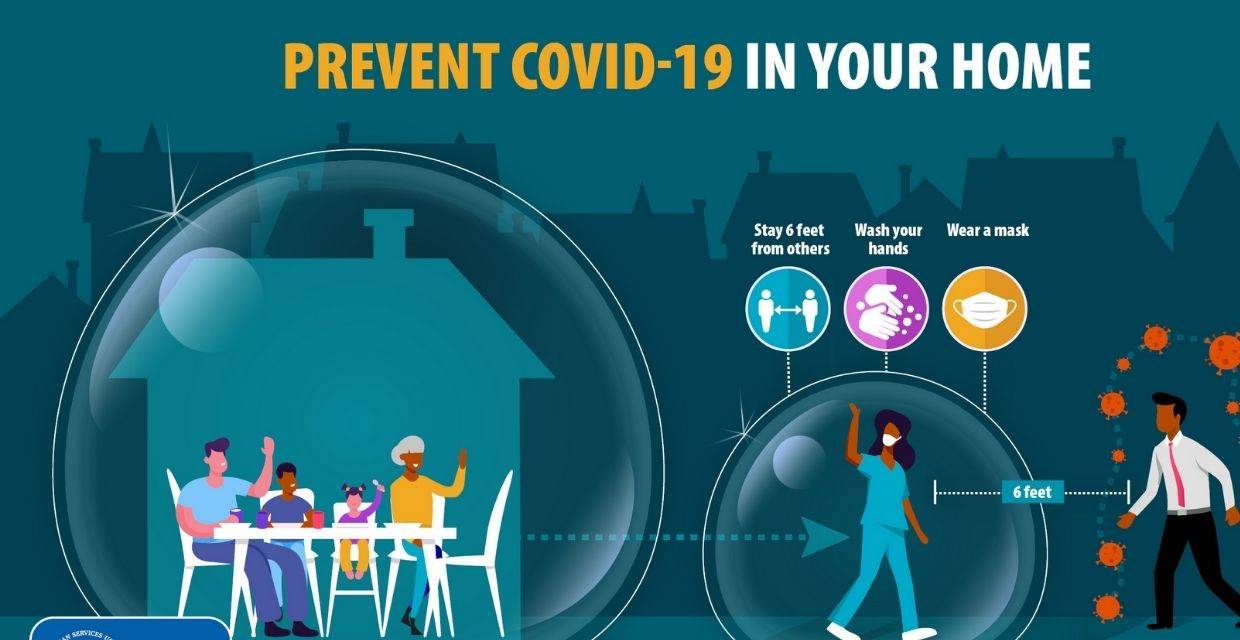WHO: HOW TO KEEP EVERYONE SAFE WHILE CARING FOR A COVID PATIENT AT HOME

In the misfortunate times of the second wave of Covid, the conditions of many lives have become even more challenging.
There have been headlines about the unavailability and shortages of the healthcare facilities that makes it more perplexed for the hospitality platforms.
Discussion the same, the World Health Organization, has some advice for everyone dealing with Covid 19 at home.
Speaking to WHO South-East Asia, Dr April Baller explained some preventive measures to be taken while caring for a Covid patient at home.
Explaining the Various scenarios where the person is being asked to care for herself or himself at home, Dr. Baller revealed that the first scenario is when the health system is stretched due to the increasing number of Covid cases in a community and when the bed capacity within the hospital is full or almost full. It means that there are hardly any beds left. This situation can be seen in many countries, at the present.
In this case Dr. Baller suggests," What the doctors may do is, they might see a patient and give them the treatment and advice and then discharge them to be taken care of at home.
Speaking about the second scenario, Dr.Baller calls it an ideal scenario, when the patients tests positive, having mild symptoms or no symptoms at all. Provided that they are not elderly and do not suffer from cardiovascular or chronic lung diseases, these people can be taken care of at home.
While advising the caregivers, she emphasized the importance of an immediate contact with the healthcare provider for real time advice. Dr.Baller laid an equal emphasis on the fact that the person affected with Covid should isolate himself in a separate room.
In case, it’s not possible for the person to stay in a separate room, the patient should have a designated part of the house and should have limited movements around the house.
Also it is a compulsion for the patients to maintain a distance of one meter between themselves and anyone else. Another thing is to have good ventilated atmosphere by just opening the windows. It’s essential for a patient to breathe fresh clean air.
It is also advised that there should be a single person who is the caregiver for that patient and the caregiver should have no underlying conditions. Both, the patients and the caregivers are supposed to wear a medical mask while coming in contact with each other.
As soon as the caregiver leaves the room, it is advised to immediately wash hands. The patient should be provided with separate dishes, cups, towels and bed linens, which n be washed at least once a day. Any frequently touched surfaces by the patient should be cleaned and disinfected every day. The wastes generated from that patient should be packed safely.
There are supposed to be no visitors allowed at the place while a person is ill.
Transparently speaking of when to visit a healthcare centre, Dr. Baller said that it is must and should for a patient's condition to be regularly monitored, at least once every day. The symptoms or the red flags that indicate the conditions of the patients can be differing with the age groups. In infants, it is the inability for them to breastfeed. The children are likely to sudden confusion, being off their food, having blue lips or face. For adults, it includes complaining of lightheadedness, shortening of breath or heavy breathing, chest pain or dehydration.
Some patients can be asked to measure the oxygen saturation with a pulse oximeter, a useful medical device that monitors the blood oxygen level. The user must be clearly aware of the instructions and should know how to use it. They must know the difference between a normal and abnormal reading. On finding any changes, one should immediately report the doctor.
These were some useful tips on how to care for a Covid patient in a home setting, which can prove helpful to fight the Covid crisis.
